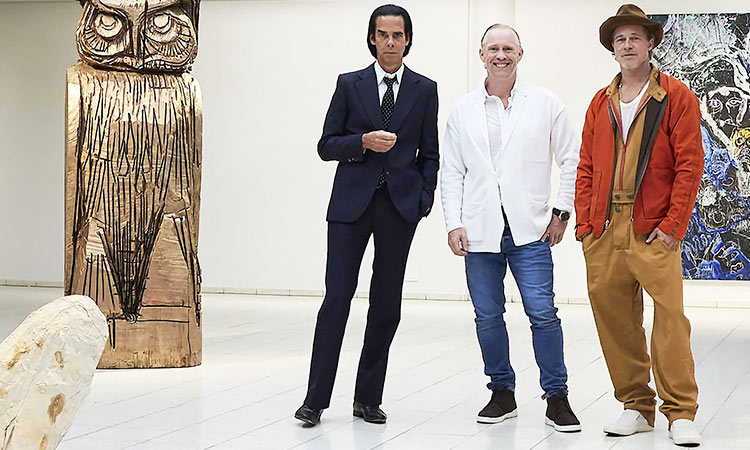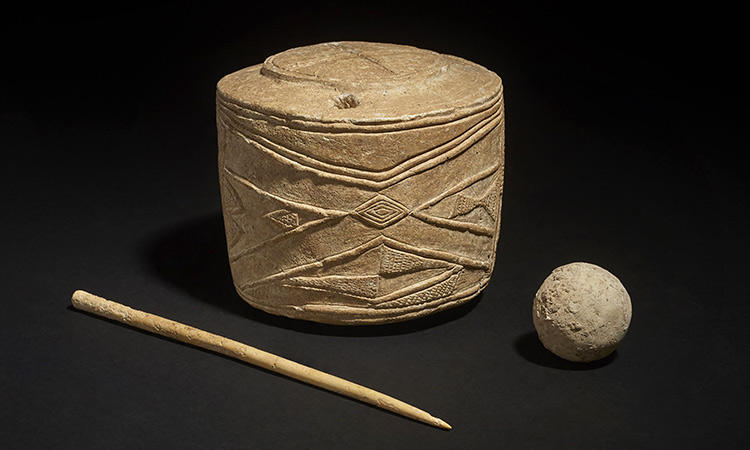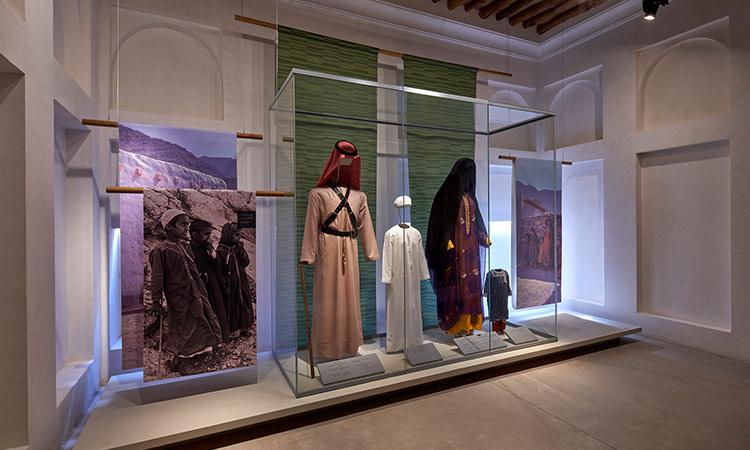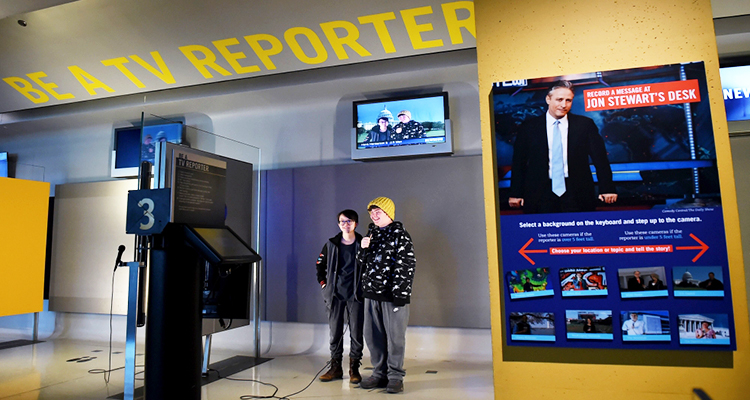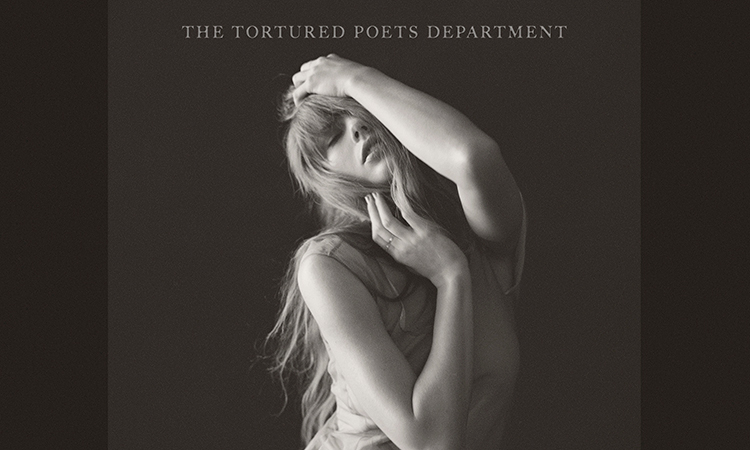WOLFS Gallery provides glimpse of the CMA’s one-time annual show
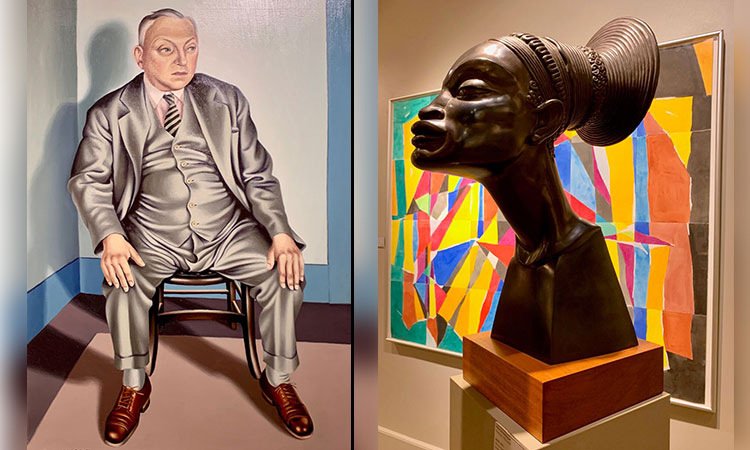
Clarence Carter's 'William Stolte, Ex-Councilman,' left, a bronze version of Viktor Schreckengost’s ‘Jeddu,’ sculpture, at the Cleveland Museum of Art.
The Cleveland Museum of Art’s annual May Show may be dead, but it refuses to go away, at least in the hearts and minds of those who won’t forget it and would love it if it came back.
Inaugurated by the museum in 1919, the May Show was for many years the pinnacle of the Northeast Ohio art scene.
It was a juried annual show of works submitted by regional artists, many of whom were either graduates or instructors at what is now known as the Cleveland Institute of Art.
The museum held the May Show almost without fail every year until 1993 when it discontinued the tradition in favor of making room on its busy calendar for different and more globally-oriented exhibitions on modern and contemporary art.
READ MORE
British prosecutors authorise charges against Hollywood star Kevin Spacey for sex crimes
Joyland makes history Pakistani film wins Cannes award as accolades pour in
K-Pop star Suho captivates the crowds at Dubai Festival City
It’s impossible to tell what we’re missing by not having the May Show, and it’s unlikely to make a return, which is a good thing. There are many more places for Northeast Ohio art to be seen and appreciated than in the heyday of the May Show.
But for one more week, WOLFS Gallery in Beachwood is providing a selective and enjoyable panoramic glimpse of what the show once offered.
The exhibition evokes the May Show spirit with numerous black-and-white photos of the original installations at the museum. Works now on view at WOLFS are circled in red in the photos, authenticating their May Show heritage. Also available for perusing is an extensive collection of museum Bulletins with articles on the May Show.
But the main attraction consists of several dozen examples of works displayed in the exhibition from its earlier years into the early 1990s. Some were big prize winners, and many are worthy of fresh attention regardless of their May Show pedigree.
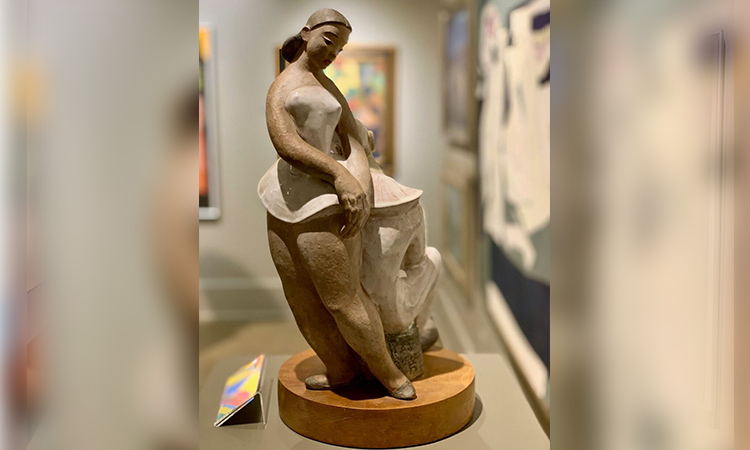
On the downside, the show includes a fair number of works that were recently shown in the exhibition entitled, “The Golden Age of Cleveland Art,’’ which closed at the Western Reserve Historical Society on April 4.
That category includes works by industrial designer Viktor Schreckengost, and Cleveland School artists Frank Wilcox, Elmer Novotny, Clara Deike, and Rolf Stoll. The presence of those works dilutes the sense of discovery that is the main reason to see the newer show at WOLFS.
But there are discoveries to be made, and that’s the reason to visit. Among the more compelling and less familiar works now on view at WOLFS is a powerful and powerfully strange portrait by Clarence Carter of William Stolte, the former Cleveland Councilman, who posed in 1932, the year the painting won First Prize at the May Show.
According to his obituary in The Plain Dealer, Stolte, who died in April 1934, after suffering injuries in a car crash (before seatbelts), was a respected Democrat who represented Ward 19, encompassing today’s University Circle, during World War I. “He was a big man physically,’’ the obituary noted, “and was regarded as a councilman of high caliber.’’
Carter (1904-2000), an important 20th-century artist whose work blends American Scene realism and subjects with an eerie, Twilight Zone surrealism, portrayed Stolte in a pale gray, three-piece suit whose creases and folds have an almost polished, metallic quality.
Stolte’s pose, with his legs spread wide and his hands on his knees, emphasizes his ample belly — hardly a flattering pose. Even more odd is Stolte’s squinty expression as he looks to his left, casting a wary, sidelong glance toward someone or something outside the frame.
Was Carter satirizing Stolte as a Midwestern Babbitt? Or was he poking fun in some way at his landlord? Carter rented a dwelling from Stolte according to a 1971 catalog available on the Internet. It’s hard to tell what motivated the portrait’s unusual psychological cast. Nevertheless, it’s a powerhouse painting, as the Cleveland Museum of Art noted in its Bulletin article on the 1932 May Show. Another compelling pick in the WOLFS exhibition is “The Red Couch,’’ a second prize-winner by Lois Rossbach Ellis from the 1954 May Show.
Born in 1925, Ellis was a well-regarded Cleveland artist who earned positive mentions in reviews in The Plain Dealer throughout the 1950s and ‘60s, before she moved to New York’s Greenwich Village with her husband and young daughter.
The painting at WOLFS is a highly polished exercise in the manner of the French Nabis painters of 1890s Paris, who emphasized intimate subjects painted with flat shapes and patterns influenced by Japanse Ukiyo-e woodblock prints.
The Ellis painting depicts a woman reclining in a pale aquamarine gown on a red couch set against patterned red wallpaper. Ellis’s drawing of the hands and face of her subject is tender and exquisite. The painting evokes a mood of serenity and grace.
That’s not true of another surprising work in the show, “Empress,’’ a coldly erotic 1925 painting by Stoll, a native of Heidelberg, Germany, who settled in Cleveland in the 1920s.
Painted in a dry, precise, hard-edged style, the work depicts four women of different races posed nude or dressed with headdresses or coiffures of faintly Turkish, Art Deco, and Japanese origin. Three of the women stand around a nude white woman shown seated on a gold throne with an Art Deco-style helmet on her head that anticipates decorations on the Chrysler Building in New York, built in 1928.
Tribune News Service
